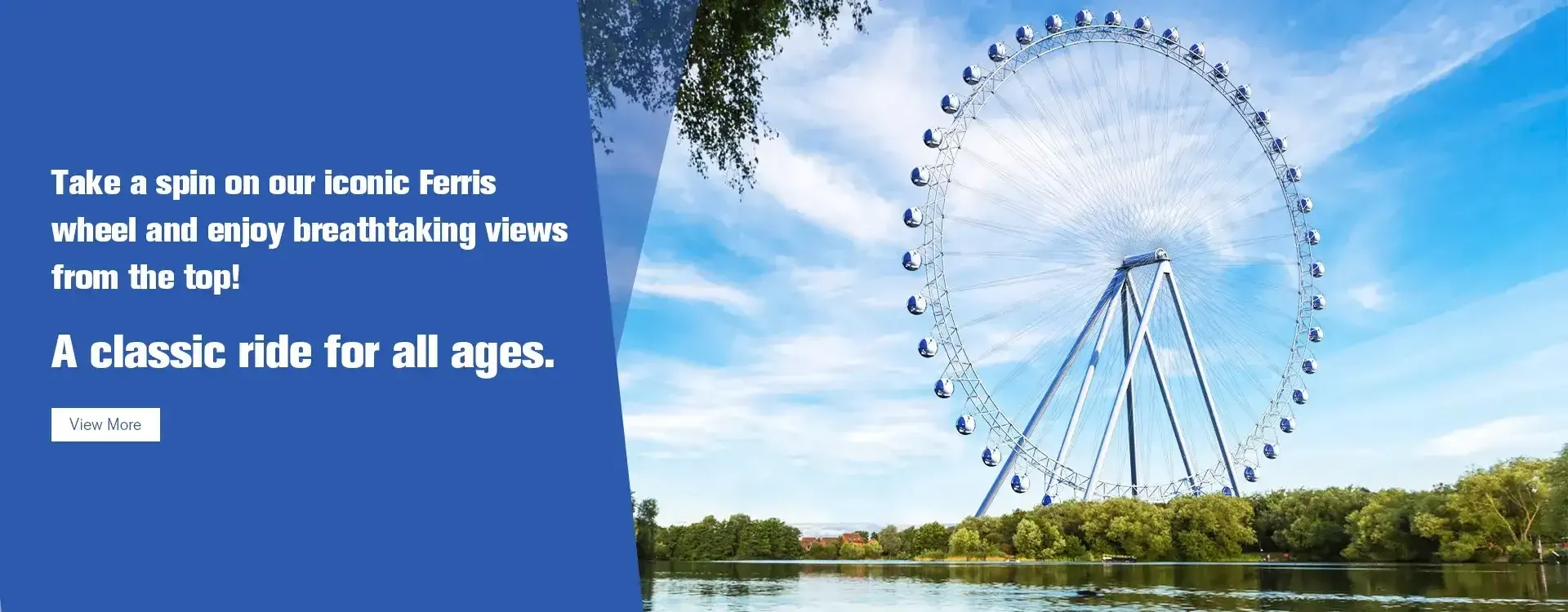- Albanian
- Arabic
- Belarusian
- Bengali
- Czech
- English
- French
- German
- Hebrew
- Hungarian
- Indonesian
- irish
- Italian
- Japanese
- kazakh
- Persian
- Russian
- Thai
- Uzbek
- Vietnamese
roller coaster track drawing
The Art of Roller Coaster Track Drawing
Roller coasters are one of the most thrilling attractions in amusement parks, combining engineering feats with exhilarating experiences. At the heart of every successful roller coaster lies the meticulously crafted track design, which not only dictates the ride's physics but also shapes its audience's emotions. The art of roller coaster track drawing is where the creativity of designers meets the science of physics, resulting in a breathtaking journey that captivates riders.
Roller coaster track drawings are blueprints of excitement, outlining the trajectory upon which thrill-seekers will be launched. These drawings begin with conceptual sketches that capture the essence of the ride. Designers often start with freehand illustrations, allowing their imaginations to flow unrestricted. This stage is essential, as it helps in visualizing the ride experience, from the thrilling first drop to the heart-pounding inversions.
Once the concept is established, designers transition to more technical drawings. This phase involves the use of computer-aided design (CAD) software to create precise track layouts. CAD programs allow designers to model curves, slopes, and elevation changes with exacting accuracy. The importance of mathematics in this process cannot be overstated; every inch of track must be engineered to ensure safety while maximizing thrill. Designers consider factors such as speed, g-forces, and the structural integrity of materials, all while keeping the ride enjoyable and exhilarating.
A well-designed roller coaster track needs to balance excitement with safety. This is where the principles of physics come into play. Gravity, inertia, and centripetal force interact dynamically as the coaster navigates through its track. The drawings must reflect these interactions, ensuring that riders experience an adrenaline rush without compromising their safety. Designers spend countless hours simulating different scenarios to account for variables such as weight distribution and weather conditions.
roller coaster track drawing

Moreover, roller coaster track drawings aren't merely functional; they are also artistic. The visual appeal of a coaster can significantly influence its popularity. Designers often draw inspiration from themes, landscapes, and even stories to create an immersive experience. For instance, a coaster designed to mimic a twisting dragon might feature track elements that resemble its serpentine body, or a space-themed ride might have tracks that evoke the feel of navigating through asteroid fields.
Additionally, the integration of aesthetics with engineering is vital in today’s entertainment landscape. Modern roller coasters often include elements such as bright colors, unique shapes, and themed environments that enhance the ride experience. Designers meticulously choose colors and textures that will attract crowds and fit the overall theme of the amusement park.
Once the track drawing is complete, the real work begins bringing the vision to life. Engineers and construction teams collaborate closely, using the drawings as a guide to build the physical structure. This stage involves intricate processes such as welding, measuring, and quality control to ensure that the ride meets all safety standards.
Lastly, roller coaster ride testing is a critical final step before opening to the public. These tests help verify that the track performs as designed and provides the intended experience. Adjustments are often made based on the initial testing results to refine the ride further.
In conclusion, roller coaster track drawing is an enchanting blend of engineering and artistry. It requires a profound understanding of physics, a flair for design, and a commitment to safety. Each track serves as a testament to human creativity and innovation, inviting riders to embark on thrilling journeys. As amusement parks continue to evolve, the artistry and technical prowess involved in roller coaster design will remain at the forefront of creating unforgettable experiences for generations to come.
-
Flume Ride-Hebei Zhipao Amusement Equipment Manufacturing Co., Ltd.|Thrilling Water Attraction&Customizable DesignJul.30,2025
-
Flume Ride - Hebei Zhipao Amusement Equipment | Water Coaster, Thrilling DescentJul.30,2025
-
Flume Ride - Hebei Zhipao | Thrilling Water AttractionJul.30,2025
-
Flume Ride: Thrilling Water Attraction by Hebei Zhipao|Log Flume Manufacturers&Flume Ride DesignJul.30,2025
-
Flume Ride-Hebei Zhipao Amusement Equipment Manufacturing Co., Ltd.|Thrilling Water Coaster, Safe DesignJul.30,2025
-
Flume Ride-Hebei Zhipao Amusement Equipment Manufacturing Co., Ltd.|Thrilling Water Attraction, Safe DesignJul.30,2025
